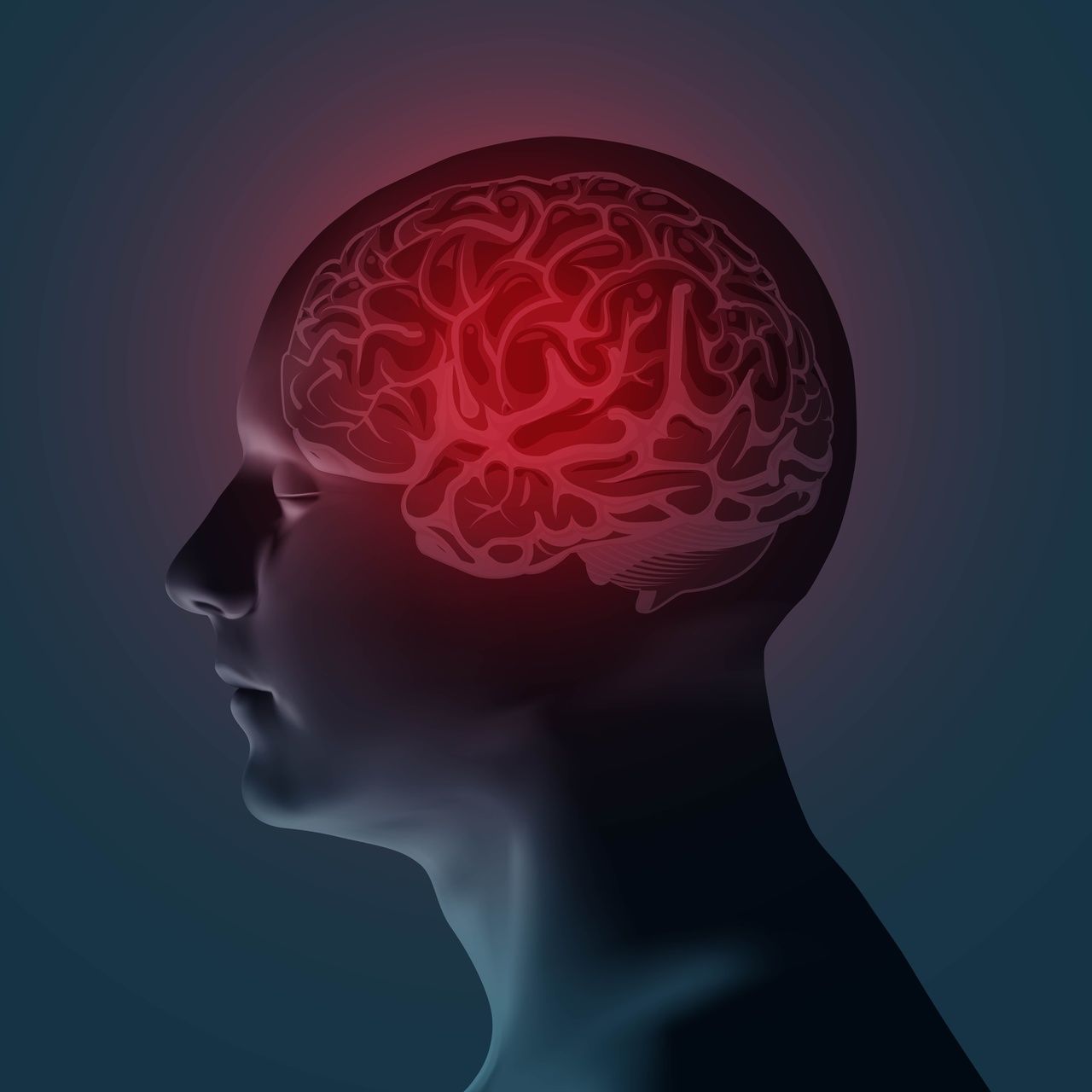
Migraine
Latest News

Latest Videos
CME Content
More News


The use of polysomnography (PSG) can aid researchers in further understanding the association between sleep disorders and migraine in children, according to a study published in the Journal of Medicine and Life.

Incorporating yoga into a regular migraine treatment regimen may be superior to medication alone, according to study results published in Neurology, the medical journal of the American Academy of Neurology.

Incorporation of remote electrical neuromodulation into usual care reduced migraineurs’ use of acute migraine medication, potentially decreasing the risk of medication overuse headache, according to a study published in Frontiers in Neurology.

Poor sleep quality may directly increase the headache-related impact in both patients with migraine and patients with tension-type headache, according to a study published in the Journal of Clinical Neurology. Poor sleep quality may also indirectly increase headache frequency and severity in patients with migraine.

Despite significant burden and symptoms, many individuals with migraine have never used acute prescription pain medication to treat the condition, according to study results published in Mayo Clinic Proceedings.

Structural volume and connectivity changes of the cerebellum may impact headache persistence in patients with high-frequency migraine (HFM), according to a study published in The Journal of Headache and Pain.

Sessions of repetitive peripheral magnetic stimulation applied to patients with high-frequency episodic migraine significantly decreased frequency of headache days, according to a study published in Scientific Reports.

Although older individuals with migraine have more cognitive complaints, migraine and non-migraine headache are not associated with increased risk of dementia or cognitive decline at an older age, according to a study published in The Journal of Headache and Pain.
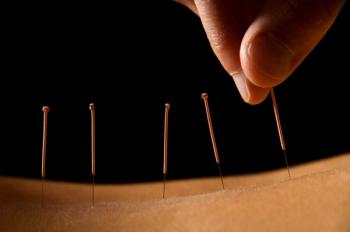
Presence and location of gray matter in the brain may indicate whether acupuncture is an effective method of treating migraine without aura, according to a study published in Frontiers in Neurology.

Women who experience migraine with aura have an increased hazard of cardiovascular disease–specific mortality compared with individuals with no history of headache, according to a study published in The Journal of Headache and Pain.
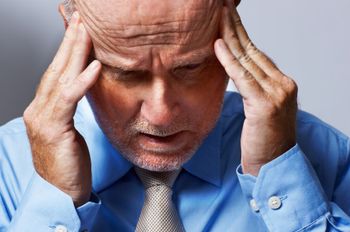
Researchers found patients with migraine were significantly more likely to report multiple comorbidities such as anxiety, insomnia, and depression, according to a study published in The Journal of Headache and Pain.

Using a smartphone was associated with higher usage of acute medication, but less relief, in individuals with new-onset headache or increased severity of headache.

Patients were reclassified as having other types of headaches.
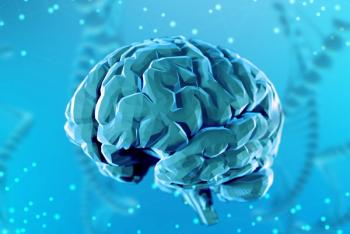
Magnetic resonance imaging (MRI) scans of patients with vestibular migraine reveal abnormalities in the central vestibular cortex, according to a study published in Brain and Behavior.

Family history with migraine affect male and female patients differently, according to a recent study.
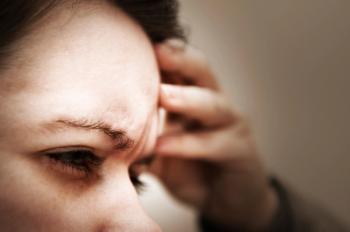
Researchers were able to use questionnaire responses to accurately determine natural clusters of chronic migraine phenotypes, according to a study published in Scientific Reports.

Eighteen out of 30 studies included in a recent literature review, published in Nutrients, showed a link between serum vitamin D levels and headaches, with the strongest connection established between serum vitamin D and migraine.

Although it is the most commonly cited food-based trigger for migraines, there is insufficient evidence to prove chocolate is a migraine trigger, according to a review of 25 studies published in Nutrients.
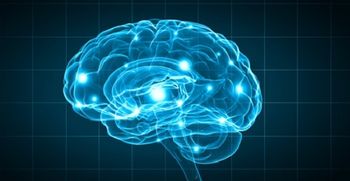
The Institute for Clinical and Economic Review (ICER) released its final evidence report on acute treatments of migraine on February 25. The Institute’s last report on migraine treatment was released in 2018.
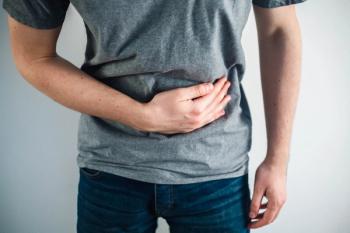
The association between migraine and several gastrointestinal (GI) disorders prompted investigations into the bidirectional relationship between the GI system and central nervous system. Researchers call this association the “gut-brain axis,” and they evaluated direct and indirect evidence linking migraines to the axis in a recent review published in The Journal of Headache and Pain.
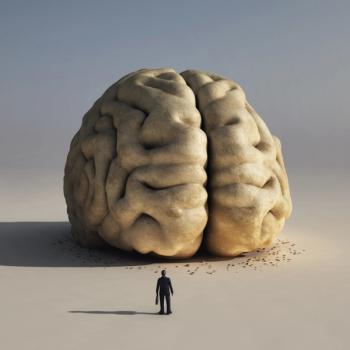
The research revealed 5 risk factors for stroke for patients with migraine with aura.
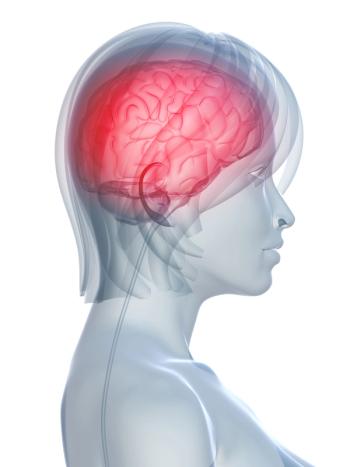
Researchers determined that migraineurs exhibit unique responses to tactile stimuli compared with controls, according to a study published in Cephalalgia.


